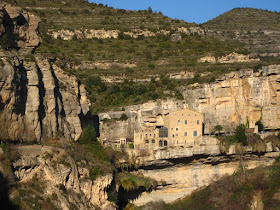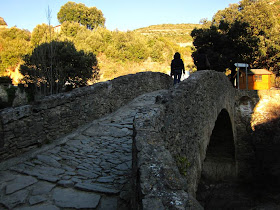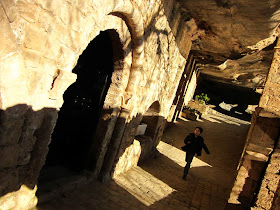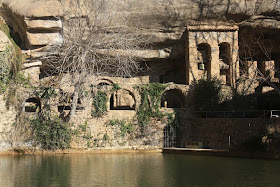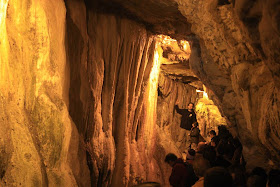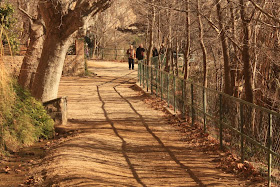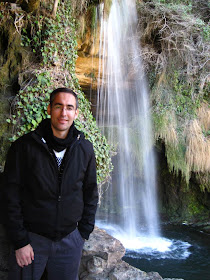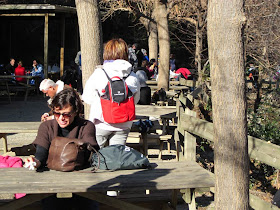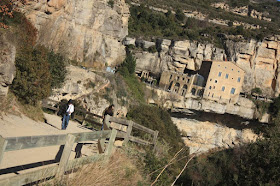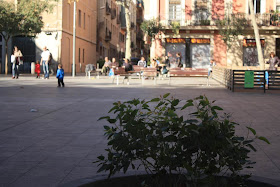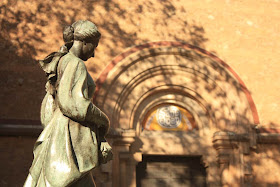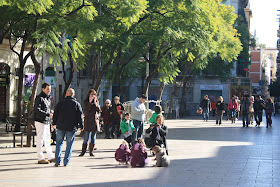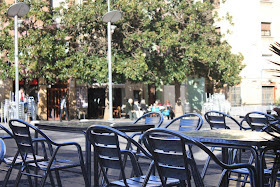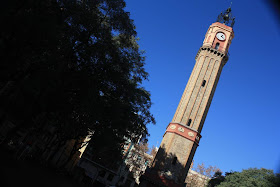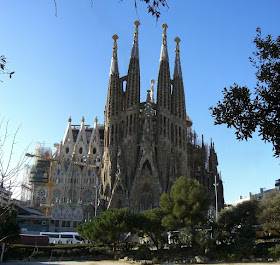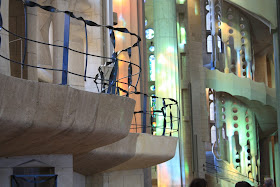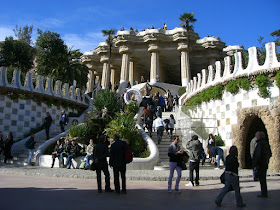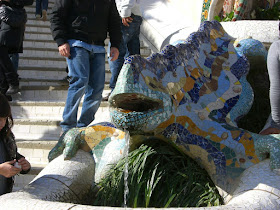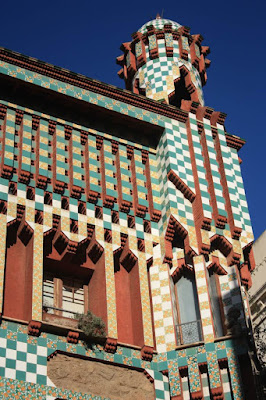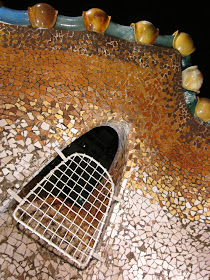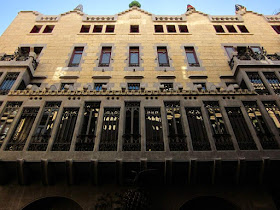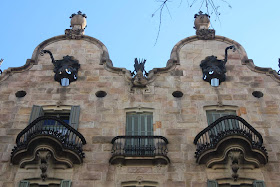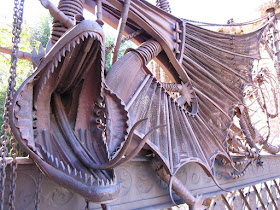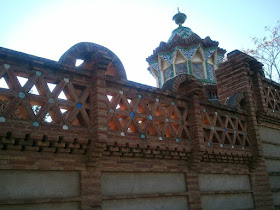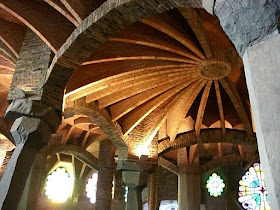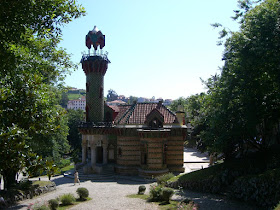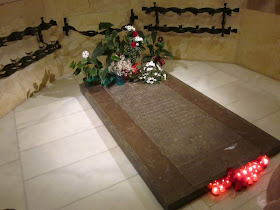The medieval abbey of Sant Miquel del Fai, 50 km from Barcelona, contains the only romanesque chapel in Catalonia to have been built inside a grotto. The gravity-defying ensemble, which nestles among the rocks, is imbued with mystical beauty.
Medieval abbey of Sant Miquel del Fai
The abbey of Sant Miquel del Fai stands in a leafy valley, the vall del Tenes, among rocky outcrops and waterfalls which are more than 100 m high.
Impressive waterfall in Sant Miquel del Fai
The visit begins in the unusual square in front of the Abbey which is cut into the mountainside. The square affords views of the small lakes formed by rainwater and melting ice. The gothic-style Priory House (15th century) stands on the other side of the square, and is now used as an exhibition gallery and restaurant.
As you go along the rocky gallery which used to be part of the cloister, you come to the romanesque chapel of Sant Miquel (10th century). Built inside a grotto, next to a waterfall.
The path continues to a small lake hidden among the rocks, passes below a spectacular waterfall, and ends at the chapel of Sant Martí (10th century) which stands in the middle of an esplanade. At the end of the tour, you’ll be given a helmet to visit the mysterious cave of "Les Tosques".
This is the route to discover the beautiful places of Sant Miquel del Fai:
- Romanesque bridge
- Abbey Square
- Abbey
- Romanesque church
- Cave of Sant Miquel
- Waterfall
- Sant Martí Chapel
- Cave of "Les Tosques"
- Picnic area
- Playgroung
- Sant Miquel del Fai overview
And next I would like to show you some of the pictures I took in this fantastic environment.
Romanesque bridge
This romanesque bridge is the entrance to Sant Miquel del Fai
Here you have the route you can do in Sant Miquel del Fai with the interesting places you can visit
Abbey Square
The gothic-style Priory House (15th century) in Abbey Square
The staircase on the right leads to a terrace where you can enjoy wonderful views of the entire valley of Tenes
Abbey
Another view of the Priory house in Sant Miquel del Fai
Pond beside the Priory house. From the terrace you can see in this picture you can enjoy fantastic views of the valley of Tenes
Romanesque church
Entrance to the Romanesque church of Sant Miquel, the only one in Catalonia built inside a grotto
Bell tower of the Romanesque church of Sant Miquel
Inside the romanesque church of Sant Miquel. As you can see, the cave is the roof
Sant Miquel Cave
A flight of steps leads to the cave of Sant Miquel, where the calcareous rocks have formed stalagmites and stalactites
Along this path you can walk from one place of interest to the next one
Waterfall
Spectacular waterfall in Sant Miquel del Fai
Sant Martí Chapel
The chapel of Sant Martí (10th century) stands in the middle of an esplanade next to the Cave of "Les Tosques"
Cave of "Les Tosques"
You’ll be given a helmet to visit the mysterious cave of "Les Tosques"
Inside the cave of "Les Tosques". You must walk carefully inside this cave to avoid accidents
Picnic area
At the end of the path there is a picnic area and a bar, which opens on sunday, where you can have lunch
Playgroung
And beside the picnic area children can enjoy this playground
Sant Miquel del Fai overview
Finally, a last view of Sant Miquel del Fai, a really beautiful environment
If you liked the medieval abbey of Sant Miquel del Fai, maybe you will also interested in visiting other beautiful monasteries and abbeys in Catalunya, like:
- Ripoll Monastery (9th century)
- Montserrat Abbey (9th century)
- Sant Joan de les Abadesses Monastery in Camprodon (9th century)
- Sant Pere de Rodes Monastery in La Costa Brava (10th century)
- Sant Pere Monastery in Besalú (10th century)
- Poblet Monastery (12th century)
- Santes Creus Monastery (12th century)
- Vallbona de les Monges Monastery (12th century)
- Sant Pere de Galligants Monastery in Girona (12th century)
- Pedralbes Monastery in Barcelona (14th century)
- Sant Cugat Monastery
Near the city of Barcelona you can also visit:
Besides, I would like to give you some useful information in case you want to go to Sant Miquel del Fai. I recommend visiting it on sunday because there is a guided visit at 12pm.
- Address: Espai Natural de Sant Miquel del Fai
- Phone: 938 658 008 / 938 658 025
- How to arrive: Sagalès coaches from Estació del Nord in Barcelona.
- Web: www.santmiqueldelfai.net
Finally, clicking on the next link you will find links to other beautiful places in Catalonia, among them, more interesting medieval monasteries and villages.
